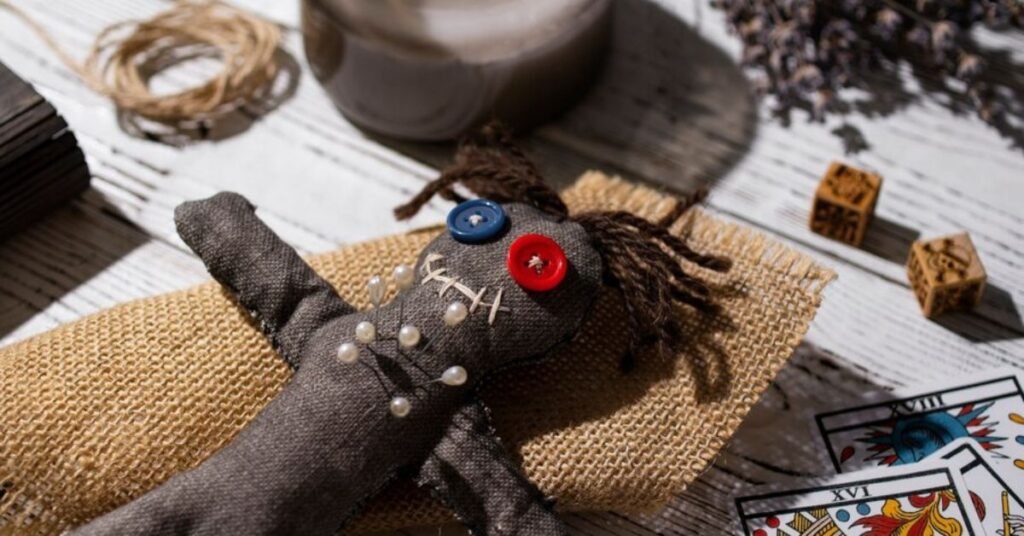Thezburg Voodoo is a fascinating combo of mysticism, spirituality, and ancient traditions which have been handed down thru generations. Rooted in African spiritual practices, Thezburg Voodoo holds a deep cultural significance within the region of Thezburg, where it keeps to steer the each day lives of many. Despite widespread misconceptions, this lifestyle is wealthy in history, notion structures, and rituals that have shaped the religious landscape of the local people.
The Origins of Thezburg Voodoo
Thezburg Voodoo has its roots in West African spiritual traditions, introduced to the place by way of enslaved Africans for the duration of the colonial duration. Over time, these beliefs mixed with indigenous practices and Christian teachings, creating a unique and complex spiritual framework. The melding of various traditions led to the formation of Thezburg Voodoo as it is acknowledged today.
Also visit: https://mylifenews.co.uk/
The Influence of Thezburg Voodoo on Local Culture
As Thezburg Voodoo advanced, it have become deeply intertwined with local customs and traditions. It inspired not only spiritual practices but additionally art, track, and network rituals. The fusion of Christianity and Voodoo is especially notable, as many practitioners incorporate elements of each religions of their worship, a method referred to as syncretism.
Core Beliefs in Thezburg Voodoo
At the heart of Thezburg Voodoo’s is the belief within the Loas, or spirits, who serve as intermediaries among the physical world and the divine.These spirits connect with nature, ancestors, and various aspects of daily life. People honor ancestors as an essential part of the tradition, believing that the spirits of the deceased guide and protect the living.
The Role of Rituals and Ceremonies
Rituals are a essential part of Thezburg Voodoo’s, with ceremonies designed to honor the spirits, are trying to find their benefits, or request recuperation. These rituals often contain drumming, singing, and dancing, which assist to invoke the presence of the Loas. Each rite is customized to the precise desires of the network or man or woman and may remaining numerous hours or even days.
Voodoo Priests and Priestesses
The religious leaders in Thezburg Voodoo are referred to as Houngans (monks) and Mambos (priestesses). These individuals go through full-size education to understand the religious international, talk with the Loas, and lead rituals. Their roles are important in retaining the balance among the religious and bodily geographical regions.
Spiritual Possession in Thezburg Voodoo
One of the most fascinating factors of Thezburg Voodoo’s is the idea of spiritual ownership. During sure rituals, members may also emerge as possessed via a Loa, who speaks or acts thru them. This form of ownership is visible as a blessing, as it lets in direct communication with the divine. The possessed person is revered during the ceremony and is assumed to offer expertise from the non secular international.
The Importance of Talismans and Symbols
Talismans and logos hold brilliant significance in Thezburg Voodoo’s. People use these objects for protection, healing, and communication with the spiritual world. Common symbols include the Veve, a sacred geometric design drawn during rituals to summon specific Loas. They often make talismans from natural materials and carry them or place them in homes to ensure spiritual well-being.
.Misconceptions About Thezburg Voodoo
Despite its wealthy history, Thezburg Voodoo has been the challenge of many misconceptions, in large part due to its portrayal in famous tradition. Hollywood frequently depicts Voodoo as a dark, sinister practice, focusing on black magic and curses. In reality, Thezburg Voodoo’s is a deeply religious and recovery tradition, centered on admire for nature and the ancestors.
The Modern Evolution of Thezburg Voodoo
Thezburg Voodoo has tailored to trendy times even as maintaining its center values and practices. As worldwide hobby in Voodoo grows, the way of life has gained interest in educational and cultural circles. Its have an impact on can also be seen in various kinds of art, song, and style, making it a outstanding symbol of resilience and cultural identification.
Voodoo in Everyday Life
For many human beings in Thezburg, Voodoo is greater than only a religion—it’s far a way of life. Herbs, charms, and rituals are normally used for restoration, safety, and steerage. The exercise of Voodoo is woven into the material of normal activities, from beginning to dying, ensuring a steady reference to the spiritual world.
Voodoo and Healing
Herbal remedy is a key thing of Voodoo recuperation practices. Many practitioners depend on historic knowledge of flora to deal with physical and spiritual ailments. Spiritual recovery, regularly conducted via rituals, facilitates restore balance and concord in an person’s existence, reinforcing the deep connection among mind, body, and spirit.
The Ethical Dimensions of Thezburg Voodoo
Ethics play an important role in Thezburg Voodoo, with a sturdy emphasis on living in concord with others and the herbal world. There is a clean difference between “white” magic, that’s used for advantageous functions, and “black” magic, which is associated with damage. However, most practitioners consciousness on the previous, aiming to heal and guard as opposed to curse.
Challenges Facing Thezburg Voodoo Today
Despite its cultural significance, Thezburg Voodoo faces challenges within the contemporary global. Misconceptions about the practice, especially the ones spread by using media, have brought about stigmatization.
Conclusion
Thezburg Voodoo is a deeply non secular lifestyle with an extended and complicated history. From its African roots to its current-day practices, it has fashioned the cultural and religious landscape of Thezburg. Understanding its rituals, ideals, and ethical dimensions is prime to appreciating its function within the network. By dispelling misconceptions, we can better honor this wealthy lifestyle and its contribution to cultural diversity.

